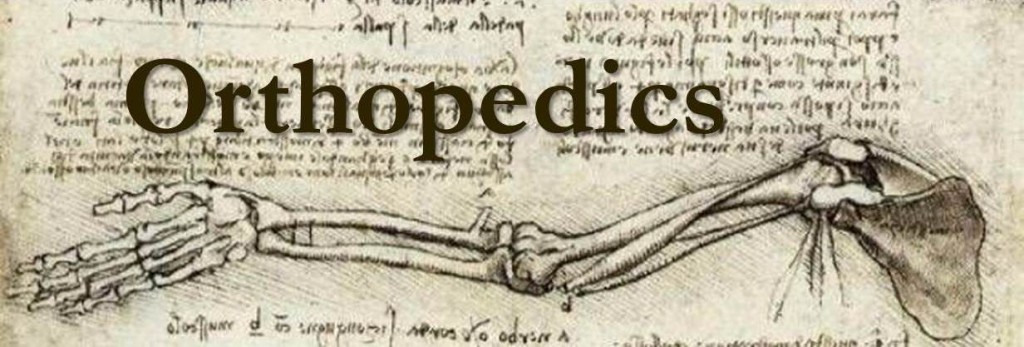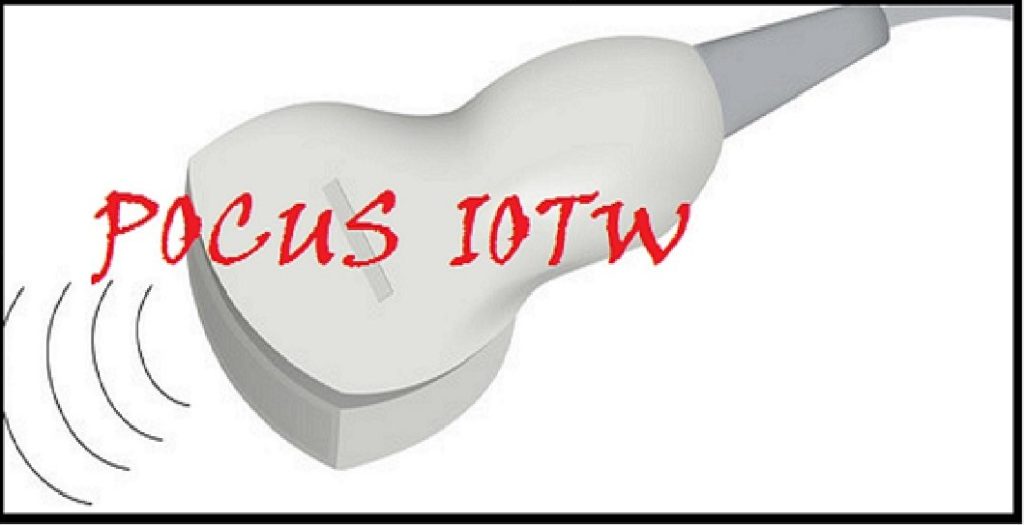Rachel Hatcliffe, MD, Children’s National Medical Center HPI: 4.5 year old female with history of prior febrile seizure presents to the emergency room after a 5-10 minute seizure in the setting of one day of fever. Earlier this morning she had one episode of NBNB emesis and was found to have fever to 39.3C. Her […]
Author: Haroon Shaukat MD
Pediatric Elbow
Supracondylar Introduction: One of the most common pediatric fractures seen, mechanism tends to be fall on an outstretched hand extension type most common (95-98%) flexion type less common (<5%) When reviewing x-rays of the elbows, consider ossification/appearance and age of fusion (two independent events) C-R-I-T-O-E mnemonic to remember age of ossification Ossification center Years at […]
Pediatric Humerus
Introduction: Proximal: Relatively common physeal and metaphyseal fracture seen in children with a peak age of 15 years. Salter-Harris 1 is most frequent in <5 yo Salter-Harris 2 is most frequent in >12 yo Metaphyseal Fractures tend to be in 5-12 yo Shaft: mostly traumatic but occasionally from non-accidental trauma. Up to 5% with radial […]
Pediatric Clavicle
Introduction: Medial: Rare injury to medial physis, considered childhood equivalent to adult sternoclavicular separation. Anterior Displacement – patients head may be tilted towards affected side Posterior Displacement – innominate artery and vein, internal jugular vein, phrenic and vagus nerves, trachea, and esophagus may be injured Distal: Rare injury to distal physis, considered childhood equivalent to […]
IOTW: Tonsillar Ultrasound
This is tonsillar ultrasound and it is negative with no abscess. You can see the submandibular gland on top, the tonsil in the box, and the echogenic specks below it from the air in the pharynx. Below are more images of a normal tonsil on ultrasound of a pediatric patient “The information in these cases […]



